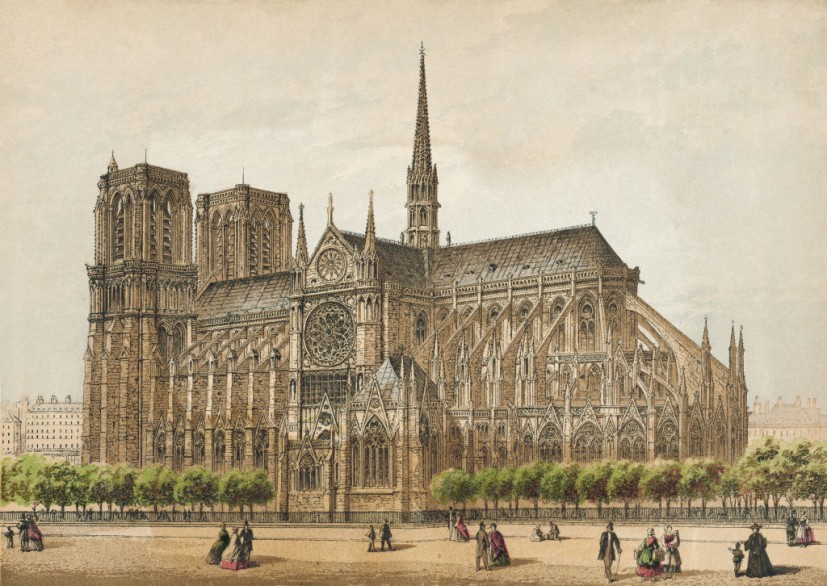Going viral right now on TikTok is a trend featuring famed Realist Auguste Toulmouche's painting "The Reluctant Bride," which depicts a beguiling 19th-century woman on her wedding day wearing a dour expression and a glare that almost seethes with anger.
@nashtrashleigh like this? #smile #thereluctantbride ♬ sonido original - Bryan Bojorquez | Música
This imagery has captured the attention of many TikTok users, mostly women, who "sympathize" with the emotions that the piece exudes. One such user is @stanleytuccisnegroni, who posted her own iteration of the trend.
In her video, she wrote "Don't be mean," in front of an image of the painting, representing sexist dialogue often heard by girls. In the next slide, the image is zoomed in on the bride's piercing gaze, with a caption that now writes: "Mean wasn't even in the room with us but I can go get him and bring him in."
This theme of the "female rage" continues with each iteration of the "meme." In a TikTok video that has since been seen six million times, by user @adownif3rta, she instead writes "Literally me when I'm right," also using Giussepe Verdi's Dies Irae as the backdrop to intensify the expressed "anger" in the trend.
These videos were a lot of users' first run-in with Toulmouche's painting, who typically ask for the piece's name in the comment section. The trend is unusually in line with the narrative that Toulmouche set out.

The Meaning Behind Auguste Toulmouche's "The Reluctant Bride"
Also known as "The Hesitant Fiancée," the artwork was not that well-known during its era. In its entirety, it shows three other women beside the bride tending to her and her opulent clothing, all the makings of a standard Toulmouche painting.
Toulmouche, born in Nantes, France, in 1829, was known for his portraits of rich Parisian ladies. In due time, Toulmouche's style, referred to as academic realism, was overtaken by his Impressionist contemporaries like Claude Monet and Edgar Degas. Thus, his paintings are less celebrated.
That said, according to Therese Dolan's statement to The Times, professor at the Tyler School of Art and Architecture at Temple University in Philadelphia, the bride's "independent streak" of dissatisfaction wasn't standard in the 19th century.
"She's actually showing the emotion of not wanting to get married to the person that her obviously wealthy family has picked out," Dolan shared.
The professor added that this kind of anger is fitting for the times, due to the fact that Parisian women lost a great deal of their rights soon after marriage. For Dolan, Toulmouche had hit the target in regards to getting into the "psyche of a woman."
Viewers of today may have their own interpretation of the painting visually, but its emotional essence remains the same even after 157 years: that a woman's anger is piercing.